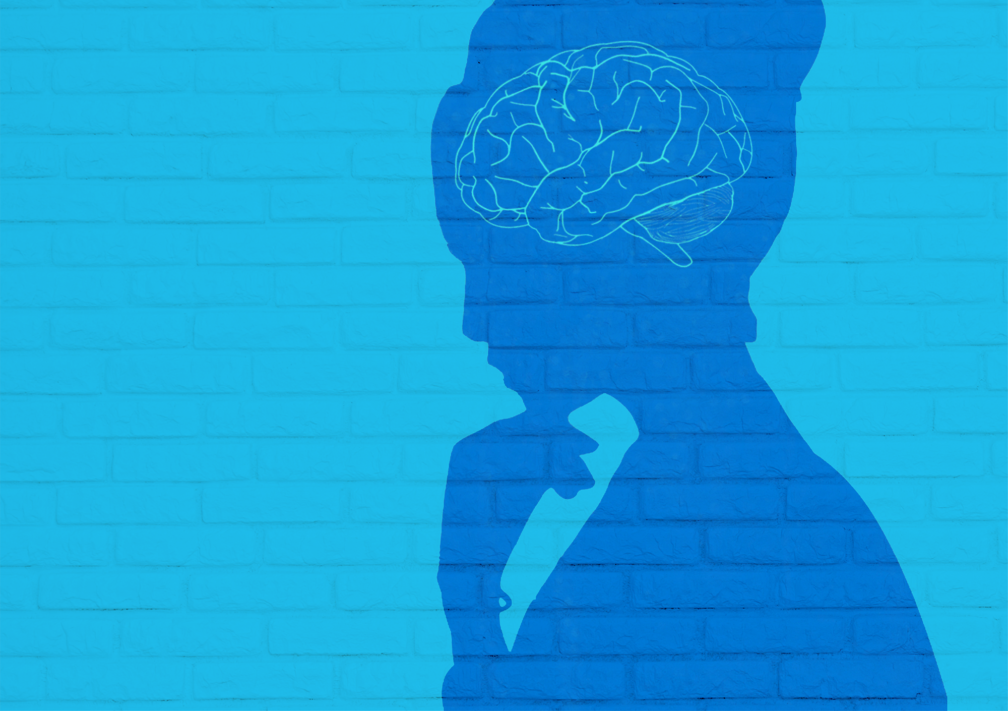Blog
Intelligence

The Psychology of Marketing
Human Psychology + Advertising
The idea that human psychology plays a part in how consumers interact with advertising is nothing new. For example, we know the research says folks tend to view prices ending in “$0.99” as a bargain, while prices ending in round numbers have a more high-end connotation. When it comes to advertising, there's perhaps a sense that psychology is often used to subtly manipulate consumers to view products a certain way.
For storytellers, though, psychology can be useful beyond manipulation: It can help you understand the minds and motivations of not only your audiences, but yourself. There’s a wide body of research in psychology that can help marketers with things like content creation and communicating with purpose, including psychological principles that can help craft stories to fit your needs by understanding your audience, how to construct content and the predispositions you might encounter in your own work.
First, let’s look at some of the effects you can keep in mind to help understand your audience.
Loss Aversion
The human mind is an incredibly powerful computer, but it commonly falls victim to cognitive biases that color our perceptions of reality and make us behave irrationally. You may already be familiar with the concept of loss aversion, which is our tendency to prefer not to lose something rather than to gain something of equivalent value.
For example, we tend to take greater precautions to not lose $5,000 than we would take steps to gain $5,000—the idea of the loss hurts more than the idea of the gain motivates. This is perhaps why performance models that dole out penalties can be more effective than those that offer rewards (think of accountability apps that penalize you for not reaching your goals, like stickK and Beeminder).
The Endowment Effect
The endowment effect makes us place a higher value on things we own than we would be willing to pay for them. For example, in an experiment by psychologists (including Nobel prize winner Richard Thaler), participants were divided into two groups: buyers and sellers. The sellers were given mugs. The researchers then asked the sellers how much they would be willing to sell their mugs for and asked the buyers how much they would be willing to pay for a mug. The results? Buyers were willing to pay, on average, $2.87 for a mug, while sellers requested an average $7.12 to part with theirs.
This, along with the status quo bias (the tendency to want things to stay the way they are rather than make a change) may help explain potential customers’ reluctance to switch providers in any number of service industries.
The Belief Bias
The belief bias is the tendency to judge an argument by determining whether you think the conclusion is plausible as opposed to whether you believe the argument supports the conclusion. When combined with confirmation bias—our tendency to selectively choose data that reinforces what we already believe—the result can be particularly difficult to overcome.
The Backfire Effect
The backfire effect might help explain what feels like a rise in misinformation lately: It says that when presented with evidence that conflicts with their opinions, people are more likely to double down on their original, misinformed beliefs than they are to change them.
The Dunning-Kruger Effect
The Dunning-Kruger effect—the tendency of people who actually know very little about a topic to feel as though they are knowledgeable (Because the less you know, the less you know, you know?)—is another possible explanation.
Appeal to the Heart
Knowing all this, how are we supposed to reach our audience? So much of marketing involves asking people to change their minds about something, and since our audiences are thinking using their biased and irrational human brains, this can be a huge challenge to overcome. Well, we need to remember that at the end of the day, humans aren’t computers. We might feel like we’re great, objective problem solvers, but as we’ve seen, we’re not. Great storytelling isn’t always about coming up with the soundest arguments. It’s about appealing to the heart, the human spirit.
Often, data won’t change minds. But stories can. And this bears out in the research: In 2016, Science published a study that showed voters’ minds could be changed after having heart-to-heart conversations with door-to-door canvassers. The volunteers in the study abandoned the typical talking-points approach to canvassing and focused instead on relating to the voters on a personal level by sharing their stories and listening as the voters shared their own. Results showed a measurable change in the voters’ perceptions and subsequent decisions.
At the risk of sounding corny, the best way to get around human cognitive bias may be to avoid trying to reach the brain and instead go straight to the heart.
Julia Lowe
Julia Lowe is DS+CO’s proofreader with a psychology background and an understanding of intentional communications.